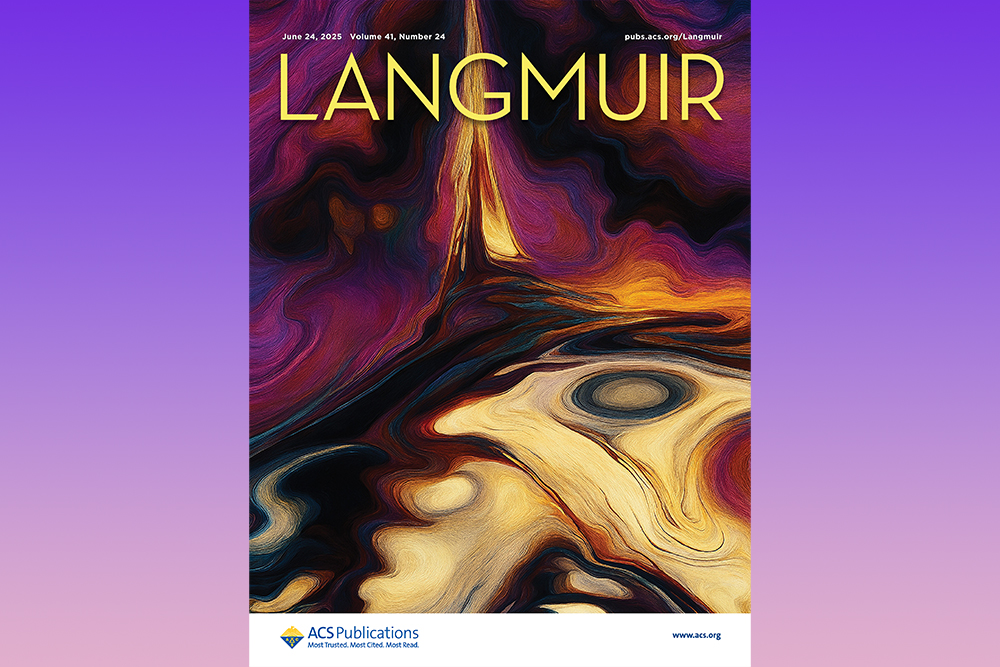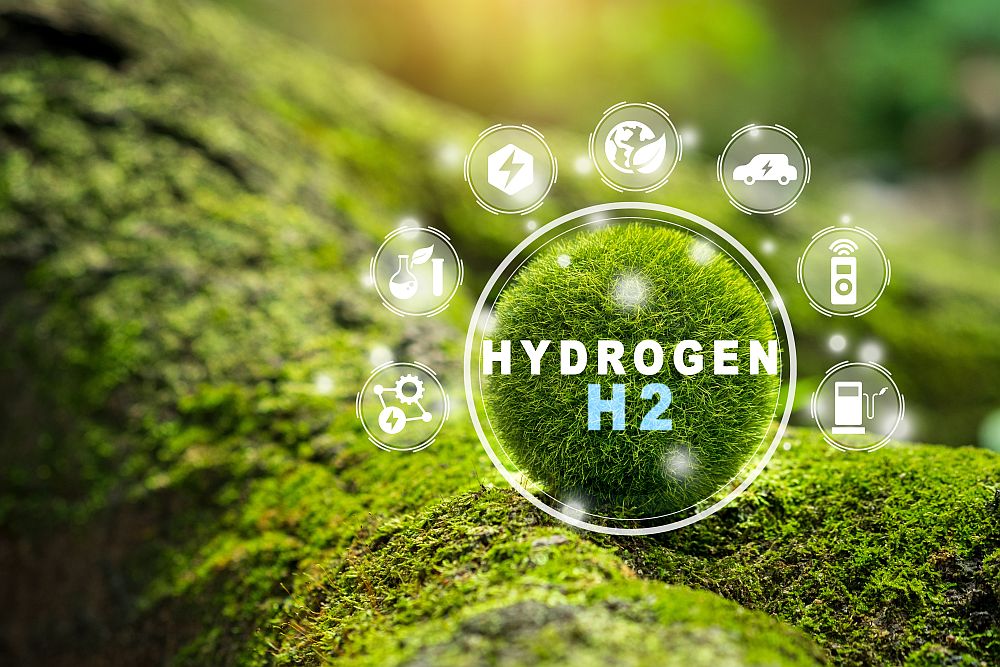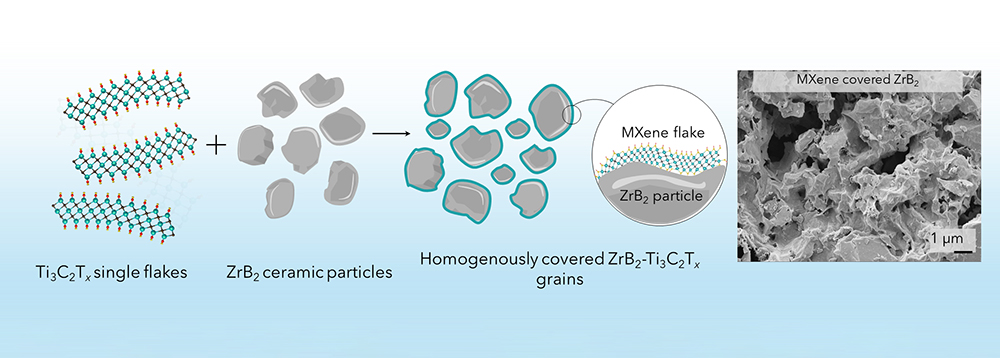
[Image above] White salt crystals form on the surface of a new, string-based approach for concentrating, separating, and harvesting lithium from saltwater. Credit: Bumper DeJesus, Andlinger Center for Energy and the Environment
One of the biggest misconceptions about rare earth elements is that they are rarely found on Earth. But in fact, these elements are spread very evenly over the world. However, they are rarely in concentrated enough clusters to make them viable to mine, hence their name.
This focus on large deposits is not unique to rare earths—all commercialized mining operations are designed around extracting minerals from sources with large concentrations.
Economically, it makes sense to focus on the largest deposits. Why pour time and money into an operation with low yield when the same mineral could be easily extracted in large quantities somewhere else?
But with demand for certain minerals increasing as more countries transition to an electrified economy, focusing only on the largest deposits is no longer a sustainable approach.
For one, many of these deposits are located only in certain areas of the world, which concentrates access to these minerals in the hands of just a few.
But even if the countries that host these deposits choose to export the minerals freely, for some highly sought-after minerals, the deposits currently being mined do not contain enough reserves to meet projected demand.
While faster extraction rates at these sites could possibly meet demand in the short term—at a cost to the environment—new sources will need to be identified to ensure long-term supply.
Lithium is at the center of these efforts to diversify critical mineral supply chains. As detailed in the August 2023 Bulletin cover story, there is much investment in developing new traditional sources of lithium. But in the past decade, numerous groups have worked to develop direct lithium extraction techniques as well, which can extract lithium from sources with low concentrations, such as oilfield brines and seawater.
These techniques, which you can read about here, here, and here, are based on various processes, including adsorption, ion-exchange, electrodialysis, and solvent-extraction. But they face some major barriers in terms of selectivity, energy and chemical uses, and high cost.
In September 2023, researchers at Princeton University, along with colleagues at the University of Maryland, published a paper describing a new passive method for fast and selective extraction of lithium from saltwater.
Their method takes advantage of the high solubility and mobility of lithium salts in water. They designed a set of porous, twisted cellulose fibers that have a water-loving core and a water-repelling surface. When the ends are dipped in a saltwater solution, the water travels up the strings through capillary action and then quickly evaporates.
The evaporated water leaves behind salt ions, such as sodium and lithium. As water continues to evaporate, the salts become increasingly concentrated. Eventually, sodium chloride (table salt) and lithium chloride crystals form on the strings, allowing for easy harvesting.
Due to the different physical properties of sodium and lithium, the salts reach their saturation points at different locations along the twisted fibers. Sodium, with low solubility, crystallizes near the bottom, while highly soluble lithium crystallizes near the top.
This natural separation allows the lithium and sodium to be collected individually, a feat that otherwise would require the use of more chemicals.
“Our approach is cheap, easy to operate, and requires very little energy. It’s an environmentally friendly solution to a critical energy challenge,” says senior author Zhiyong Jason Ren, professor of civil and environmental engineering and associate director for research at the Andlinger Center for Energy and the Environment, in a Princeton press release.
Though currently only a lab-scale process, the researchers estimate that the method, if advanced to industrial scale, could accelerate the evaporation process by more than 20 times compared to traditional evaporation ponds. It could also cut the amount of land needed by more than 90% of current operations.
The researchers are now developing a second generation of their technique to enable greater efficiency, higher throughput, and more control over the crystallization process. The research is supported in part by an NSF Partnerships for Innovation Award and an award from Princeton’s Intellectual Property Accelerator Fund.
The paper, published in Nature Water, is “Spatially separated crystallization for selective lithium extraction from saline water” (DOI: 10.1038/s44221-023-00131-3).
Author
Lisa McDonald
CTT Categories
- Energy
- Material Innovations


